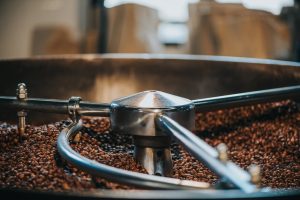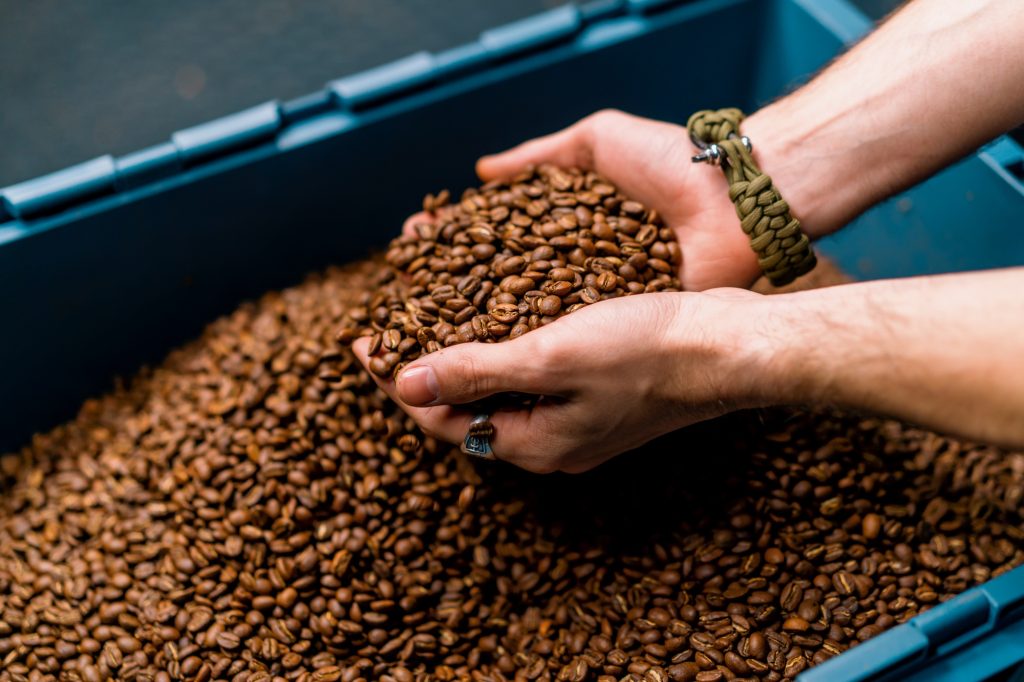
The Philippines, a tropical archipelago known for its stunning landscapes and rich culture, is also home to a thriving coffee industry. The country has become a hidden gem in the global coffee scene with its unique climate, fertile soil, and centuries-old coffee-growing traditions. But what makes coffee production in the Philippines so special? In this blog, we’ll explore Philippine coffee’s history, current state, and future, along with the challenges and opportunities that shape this fascinating industry.
A Brief History of Coffee in the Philippines
Spanish colonizers first introduced coffee to the Philippines in the 18th century. The first coffee tree was planted in Batangas, a province that remains a key player in the country’s coffee production. By the late 19th century, the Philippines had become one of the world’s top coffee exporters, supplying beans to countries like the United States and Europe.
However, the coffee industry faced a significant setback in the late 1800s when the coffee rust disease devastated plantations across the country. Combined with competition from other coffee-producing nations, this led to a significant decline in production. Despite these challenges, the resilient Filipino farmers continued cultivating coffee, preserving the country’s rich coffee heritage.
The Coffee Regions of the Philippines
The Philippines’ diverse geography and climate make it an ideal location for growing various coffee beans. Here are the key coffee-growing regions in the country:
1. Cordillera Administrative Region (CAR)
Known for its high-altitude farms, the Cordillera region produces Arabica coffee, prized for its smooth and mild flavor. Provinces like Benguet and Sagada are famous for their specialty coffee, which has gained recognition in international markets.
2. Batangas and Cavite
These provinces are the heart of Barako coffee production, a variety of Liberica coffee unique to the Philippines. Barako coffee is known for its bold, strong flavor and distinct aroma, making it a local favorite.
3. Mindanao
The southern island of Mindanao, particularly the provinces of Bukidnon and Davao, is a major producer of Robusta coffee. The region’s fertile volcanic soil and favorable climate contribute to the high quality of its beans.
4. Visayas
The Visayas region, including Negros and Iloilo, is also emerging as a coffee-growing area, with farmers cultivating both Arabica and Robusta varieties.
The Four Coffee Varieties Grown in the Philippines
The Philippines is one of the few countries in the world that grows all four major coffee varieties:
- Arabica: Known for its mild and aromatic flavor, Arabica thrives in the cooler, high-altitude regions of the Philippines.
- Robusta: A hardy variety with a strong, bitter taste, Robusta is widely grown in lowland areas and is often used in instant coffee and espresso blends.
- Liberica (Barako): Unlike the Philippines, Liberica coffee has a bold, fruity flavor and is a cultural icon in Batangas and Cavite.
- Excelsa: A lesser-known variety, Excelsa adds depth and complexity to coffee blends with its tart, fruity notes.
Challenges Facing the Philippine Coffee Industry
Despite its potential, the Philippine coffee industry faces several challenges:
1. Low Productivity
Many coffee farms in the Philippines are small-scale and rely on traditional farming methods, resulting in lower yields than other coffee-producing countries.
2. Aging Farmers
The average age of Filipino coffee farmers is over 50, and younger generations are often reluctant to take up farming due to its labor-intensive nature and low profitability.
3. Climate Change
Rising temperatures and unpredictable weather patterns threaten coffee production, particularly for Arabica, which requires cooler climates.
4. Lack of Infrastructure and Support
Limited access to modern farming equipment, training, and financial support hinders the growth of the coffee industry.
Opportunities and the Future of Philippine Coffee
Despite these challenges, there are many reasons to be optimistic about the future of coffee production in the Philippines:
1. Growing Demand for Specialty Coffee
The global demand for specialty coffee is on the rise, and the Philippines is well-positioned to capitalize on this trend with its unique coffee varieties like Barako and Sagada Arabica.
2. Government and Private Sector Support
Initiatives like the Philippine Coffee Roadmap 2021-2025 aim to increase coffee production, improve quality, and support farmers through training and financial assistance.
3. Sustainable Farming Practices
Many farmers are adopting sustainable and organic farming methods, which improve the quality of their coffee and protect the environment.
4. Local Coffee Culture
The rise of third-wave coffee shops and the growing appreciation for locally sourced beans are helping to revive interest in Philippine coffee among younger generations.
Why Philippine Coffee Deserves Global Recognition
The Philippines’ coffee industry is a testament to the resilience and ingenuity of its farmers. From the bold flavors of Barako to the smooth notes of Sagada Arabica, Philippine coffee offers a unique and diverse experience for coffee lovers worldwide. By supporting local farmers and promoting sustainable practices, the country has the potential to reclaim its place as a major player in the global coffee market.
Savor the Flavor of Philippine Coffee
Coffee production in the Philippines is more than just an industry—it’s a story of tradition, resilience, and passion. Whether you’re a coffee connoisseur or simply someone who enjoys a good cup of joe, exploring the rich flavors of Philippine coffee is a journey worth taking.
If you want to experience the best Philippine coffee, start by trying beans from regions like Benguet, Batangas, or Bukidnon. Check out our freshly roasted coffee beans at Daily Grind Roastery for the freshest and highest-quality beans. By supporting local farmers and appreciating their craft, you’re not just enjoying a delicious brew but also contributing to the growth of a vibrant and sustainable coffee industry.
So, the next time you sip your coffee, think about the journey from the lush farms of the Philippines to your cup. It’s a story worth savoring.




